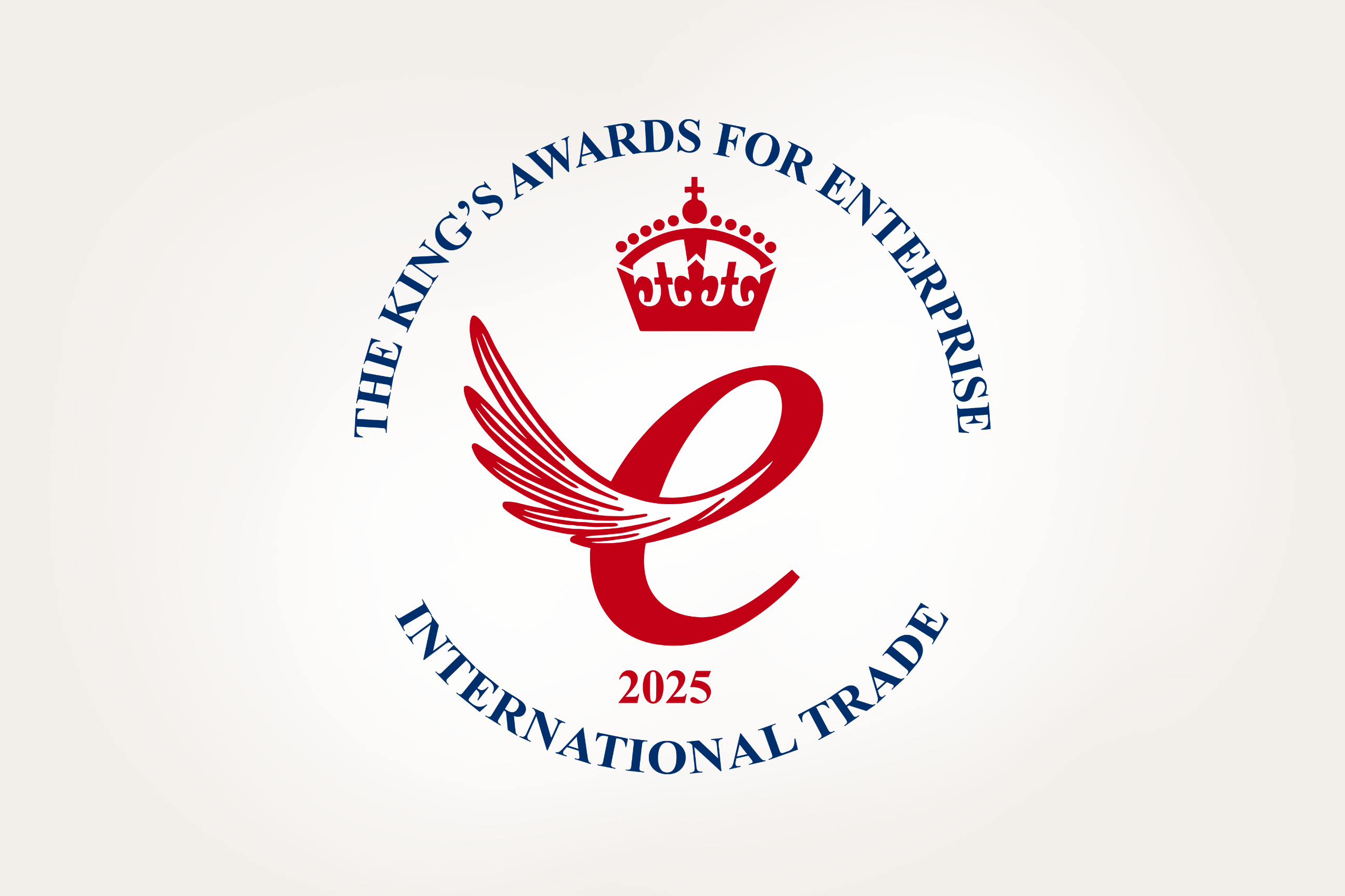The door to the growth of women’s sport is open. We have just seen a successful Fifa Women’s World Cup capture global attention and ten countries are competing to become the host of the next edition in 2023. Now is the time to push the door wide open and ensure that the present focus on women’s sport results in sustainable, meaningful progress at all levels.
Commercial investment in female sport has increased. Broadcast and media coverage has grown in quantity and quality and women are more visible in the sports pages and on television. More fans of all genders are watching female athletes and attending major events. Digital and social media is connecting these athletes to a wider fanbase as they gain profile and attention.
The sports industry needs to capitalise on the current conditions to drive more investment and greater opportunities for athletes at all levels. I believe that it can. There’s no reason why women’s sport cannot create heroes and engage a valuable, diverse and young audience in the same way as men’s sport. Women’s sport is worthy of greater investment and can deliver returns on objectives for those that invest, ensuring that the next generation of young women and girls have opportunities equal to those of the boys they grow up with. Making timely, deliberate interventions.
So how should women’s sport exploit the existing momentum and continue to drive increasing investment and greater opportunity for both girls and women? Decision makers need to continue to intervene so that sports are not just benefiting from the rising tide, but helping that rise and ensuring that women’s sport is swept so far forward that it can never go back. Time to intervene: realising the potential of women’s sport. As Ada Hegerberg, the inaugural Ballon d’Or winner, commented: ‘If we don’t push for change for women’s football… it won’t come by itself’.
Deliberate actions, such as normalising female athletes, particularly for younger generations, promoting a positive commercial narrative, increasing female leadership and finding the best opportunities to create female stars, will make a collective difference to the growth and future success of women’s sport.
Normalising female athletes: the impact of the media
The media is essential to normalising women’s sport and making it mainstream. UK broadcaster the BBC launched its #ChangeTheGame campaign and has committed to show female faces across its sport website. Women’s stories are making the headlines across more mainstream press around the world. At the time of writing, the Fifa Women’s World Cup has broken viewership records worldwide with a record 62 broadcasters present in France. If female sport is given the spotlight, supporters will follow. There is a misconception that men don’t want to watch women’s sport; but Nielsen’s research into the Rise of Women’s Sport found that 66 per cent of people in eight global markets are interested in at least one women’s sport, 51 per cent of whom are male. The more we see women competing in sport, the more normal it becomes and the more it breaks down our culturally held perceptions.
Younger generations do not see gender in the way that most of our society does. Recent research by the Innovative Group and JWT Intelligence found that 38 per cent of Generation Z ‘strongly agree’ that gender no longer defines a person. This means that a female target audience for female sport is not necessary. At a recent women’s rugby game at Twickenham, I saw boys queuing for players’ autographs – to them, a rugby player is a rugby player.
The growth of digital platforms, OTT and social media means there are more opportunities for sports to get content in front of existing and potential fans. YouTube is the platform of choice for 8-15 year olds, so sports are not dependent on broadcasters to reach younger audiences. Online platforms can grow reach and engagement, normalising the presence of female athletes and creating new fans and new participants. This ability can also become part of a compelling narrative for potential sponsors.
Changing the commercial narrative: football
New revenue will be crucial to future growth and women’s sport need not be apologetic when seeking commercial investment. While women’s teams and competitions may not yet be commanding the eyeballs and therefore the fees of their male counterparts, there are compelling narratives that are resulting in more partnerships with bigger brands. Women’s football demonstrates partners investing in the game at all levels to be part of a story of progress, growth and success. These partnerships are about long-term development, with money going into the sport at all levels, supporting not just the elite athletes of today but those of tomorrow as well. In 2018, Visa signed a seven-year deal to partner with Uefa’s women’s properties at all levels, including the Champions League and the Women’s U19 and U17 Championships.
In March, England’s fully professional top tier, the Women’s Super League, announced title sponsor Barclays’ investment of over UK£10 million over the next three years. This deal also includes a partnership with a nationwide scheme to help develop girls’ access to football at school. The top divisions across Europe have significant partnerships with brands that have invested in their long-term futures, including Allianz in Germany and Iberdrola in Spain.
Sports need to have the confidence to sell their proposition and to allow women’s sport to exist on its merits. Women’s sport has a different potential to men’s sport, which is growing increasingly important for companies as the world’s focus on gender equality, diversity and inclusion continues. Companies are searching for opportunities to be part of something positive and meaningful. Women’s sport can provide that. Its stars are often more accessible, approachable and relatable than those in men’s sport. The UK recruiter Hays’ activation of its sponsorship of Manchester City Women outperformed the men’s activation as female footballers had education and career paths that fans could identify with. Further, partners can stress their tangible contribution to progress and change, provided that sports collect data that justifies the investment and reinforces the story that brands want to tell.
Female leadership: the success of the WTA
Women’s influence within sport is growing, and there are compelling examples of where that leadership has resulted in significantly better outcomes for women’s sport. Tennis is arguably the sport which offers female athletes the best opportunities. Tennis has produced some of the highest-earning and most marketable female athletes in the world. Since 1974, the WTA’s leadership has resulted in unparalleled individual and collective success for professional female tennis players. Male and female players receive the same remuneration at all Grand Slams and female players are consistently in the top ten most recognisable female athletes globally. The WTA has repeatedly done the biggest deals in female sport, the game changer coming with the deal done by The Sports Consultancy for Singapore to host the WTA Finals from 2014.
This success has had an impact on men’s tennis. The prize purse of US$14million for the season-ending BNP Paribas WTA Finals put the ATP under substantial pressure from its players to find a new home for the men’s equivalent. This revenue is driven in part by tennis having the highest fan crossover of all sports; according to Nielsen, in England, 82 per cent of fans of male tennis are also women’s tennis fans, compared to only 38 per cent of football fans.
Tailored interventions: the W Series
Significant change for women in sport will take deliberate intervention. In our society, with its in-built gender inequality and biases, girls and women may need unequal effort to reach the same outcome. This should take the form of separate competitions, combined competitions, or dedicated women and girls strategies, depending on what is right for each sport. The controversial W Series is a great example of a specific intervention designed to provide greater opportunities for women to succeed at the top level of single-seater motor racing. Its detractors argue that it separates omen, when in fact they already have the same opportunity as men to reach the top of the sport. Yes, technically women can compete in Formula One, but the reality is they aren’t; they aren’t receiving the support and funding to get there. The W Series is giving dedicated exposure, through global broadcast, and significant prize money directly and solely to female racers. The goal is to enable women to demonstrate their talent, to support their careers financially and circumvent the glass ceiling that keeps females in the lower tiers. While creating separate opportunities for women to compete is not necessary in all sports, the increase in sports creating strategies for women and girls is a positive trend. We have seen this first-hand in a recent project with The FA to develop a five-year strategy for women’s professional soccer in England, articulating and committing to its ambition.
World Rugby announced a specific strategic plan to accelerate the development of the women’s game. This has been supported by a new qualification pathway for the World Cup in 2021 which provides more nations with the opportunity to play top-level rugby and qualify for the tournament. I am looking forward to seeing the next World Cup of Golf, the international team competition, which will include mixed foursomes. In this format, every shot counts and men and women will be competing together as equal partners. Men and women presented on the same footing can be effective in increasing attention, extending audience reach and showing that women’s sport is ultimately the same. In time, I expect that we won’t discuss men’s sport and women’s sport – there will just be sport. But that time isn’t here just yet. To get there, sport needs to continue to provide a dedicated focus on the growth of opportunities for women and girls.


